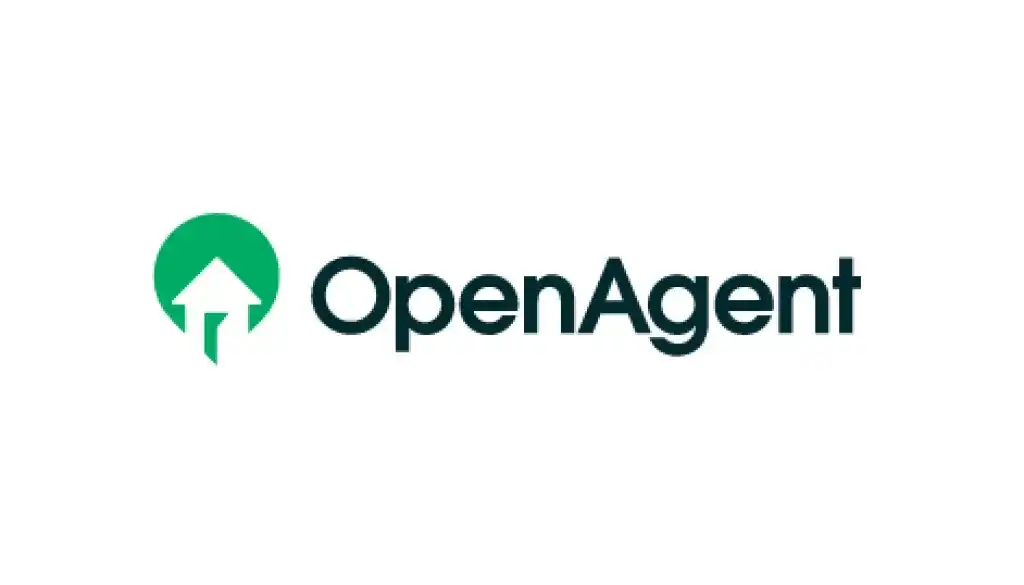How shared equity is reshaping property goals for Australians
There's no denying that stepping onto, and climbing, the property ladder has become increasingly difficult for many Australians.
Over the past few years, home prices have risen rapidly, interest rates have surged to the highest level in over a decade, and cost of living pressures are putting the squeeze on first home buyers and homeowners alike.
Thankfully, solutions to these challenges are being developed at a rapid pace, and Shared Equity Agreements (SEAs) are opening doors for more Australians looking to take the next step in their property journeys.
What is a Shared Equity Agreement?
Aussie homeowners are increasingly house-rich and cash-poor, often with hundreds of thousands of dollars tied up in their properties while struggling to handle day-to-day expenses or save the necessary cash to achieve other goals.
Others face the daunting task of saving a 20 per cent deposit for a home in markets that are often growing at a pace that they can't keep up with, even if their current income could service a significant mortgage.
SEAs can offer a leg-up in either situation, allowing homeowners to tap into the equity they've built in their own property, or reducing a first home buyer's required deposit to get onto the property ladder sooner.
The agreement is a financial arrangement between a property owner or buyer and an investment company that effectively buys into the property and shares a portion of ownership without any further day-to-day involvement.
It differs from home equity loans and lines of credit as it doesn't involve monthly debt or interest payments.
Shared Equity can get first home buyers into a property sooner
The median Australian property price has risen more than +37 per cent since the beginning of the pandemic according to the latest CoreLogic data. In some cities, that figure is well over +60 per cent.
At the same time, the recent run of interest rate hikes has slashed borrowing capacities, putting immense pressure on first home buyers looking to find a way into the market.
A SEA can make a substantial difference in this case, allowing buyers to boost their savings with a contribution from a third party such as a government or private investment company.
Much like the Federal Government's proposed Help to Buy scheme, a buyer could enter into an agreement with a private provider to receive a lump cash sum to go towards a deposit in exchange for a percentage of equity in the purchased home.
Where the Help to Buy scheme will have a limited number of places available as well as a range of caps and conditions relating to households on lower incomes, a SEA with a private provider may offer greater flexibility around qualification and limits.
In such a competitive and ever more expensive marketplace, that boost could mean the difference between securing a dream first home and missing out altogether.
Homeowners can leverage their equity for a variety of uses
For those homeowners who have built up meaningful equity in their property, a SEA can be the key to unlocking funds to achieve a range of goals.
In today's market, the Bank of Mum and Dad is contributing to nearly half of all first home buyer purchases. Unfortunately, not everybody is in a financial position to help their children in the same way.
Parents with substantial equity in their property, but who lack the surplus savings to assist, can access a lump sum payment in exchange for a proportion of equity in their property. One way of looking at this would be to enable children to access a portion of their inheritance early and get into the property market sooner at a time when every year of delay can make a major difference.
Other applications include accessing a cash injection for much-needed renovations, investing in your small business, paying off your mortgage to reduce monthly repayments, or covering mounting private school fees.
The flexibility offered by a SEA means more Australian homeowners can tap into their hard-grown equity when they need it most without resorting to a traditional loan with time-critical repayments and mounting interest.
Shared Equity can also be an alternative to refinancing
Since the cash rate surged from a record-low 0.1 per cent to 4.35 per cent over the space of 18 months, refinancing has become an important but challenging consideration for many Australian homeowners.
Today's high interest rates can limit a person's ability to refinance due to serviceability requirements, in many cases stretching those on a variable rate mortgage to their limits.
Retirees or people late into their careers also need a clearly defined exit strategy to present to banks if they wish to take on any new debt, again creating obstacles for refinancing.
As an alternative, opting to use a Shared Equity solution in order to pay off a significant chunk of a mortgage can help to reduce monthly repayments and restore a more sustainable household budget.
Forgoing a portion of future capital growth rather than taking on new debt may be worth considering for homeowners looking to navigate the current high interest rate environment.
Those who are in a position to refinance or opt for a Shared Equity solution should make sure to seek professional advice to understand which is the right path for their personal circumstances.






